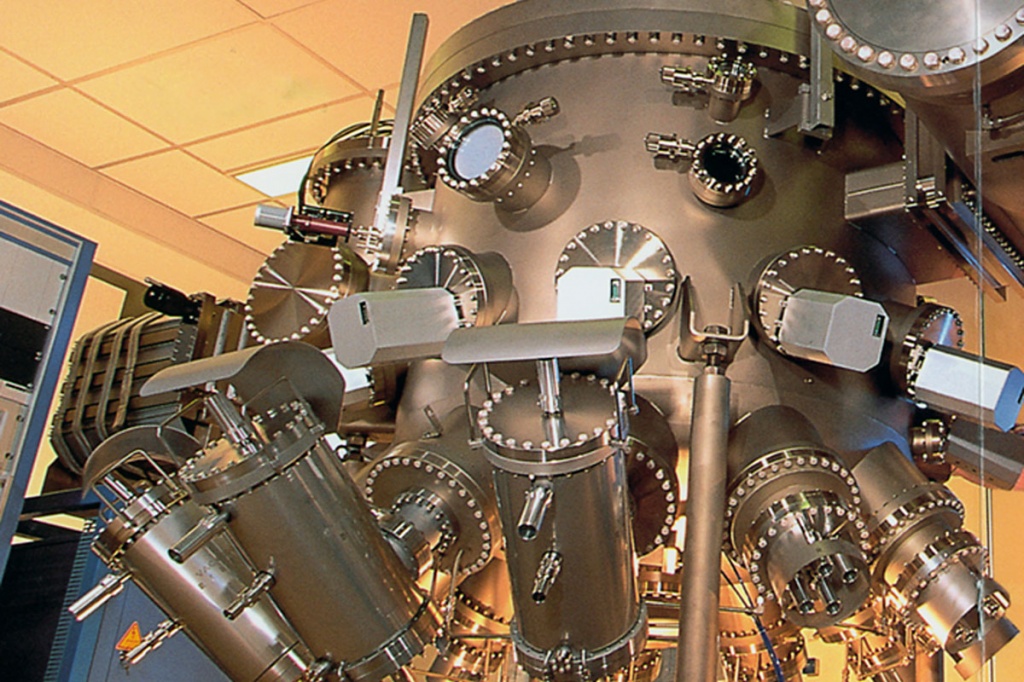Introduction to Metallomics
If you want to get profound knowledge in the field of mollecular genetics join our international integrated semester: “Molecular-genetics basis of the mineral metabolism: Introduction to Metallomics.”
Objective of the program
The program's objective is to introduce students into the field of metallomics – a rapidly developing area of biology, which focuses on homeodynamics of microelements (Cu, Fe, Zn, Mn et al). These elements are essential micronutrients, being toxic agents at the same time. According to modern concepts either genetic and ecological deficiency or excess of trace elements cause manifestation of hereditary and multifactor cardiovascular, oncology and neurodegenerative diseases.


The students will acquire knowledge in inorganic biochemistry and analytical chemistry of the trace elements, computer algorithms for the search and analysis of metal-binding proteins, molecular evolution and molecular modeling. The studying of structure and function of the major classes of metalloproteins, as well as metabolic pathways of metals in the cell and in the organism are included into the Program. The role of trace elements in apoptosis, signaling and disease development are considered. During the Program the students will listen to lectures, delivered by the specialists in the respective fields, attend seminars, and gain practical skills in computer methods in biology, molecular modeling, molecular cloning, chromatography, atomic absorption spectroscopy, molecular spectroscopy, and studies of chelation properties of biomolecules.


High social impact of oncology, neurodegenerative and cardiovascular diseases and the need for understanding of the mechanisms underlying homeostasis of trace elements guarantee high demand in specialists which will study the proposed Program.
Program dates: beginning of September – mid-January
Participants: international and Russian students.
Prerequisites: undergraduate students – four years of Bachelor level studies, with good command of Molecular Biology, General and Organic Chemistry, and English.
Teachers: Professors from St. Petersburg Universities; visiting Professors from European and USA partner Universities. All the teachers involved in the Program have publications in the area of metallomics in well-recognized scientific journals.
Training methods: lectures, case studies, laboratory practices
Credits: 30 ECTS credits per semester
Program Scheme: Compulsory courses + seminars + laboratory practices + Interdisciplinary project. Compulsory courses, seminars and laboratory practices are obligatory.
WHY study in the semester of Introduction to Metallomics?
The Program was developed to fill the gap in the training of modern specialists in molecular biology and medicine that was caused by the rapid advance of metallomics, which revealed the crucial role of trace elements as catalytic and structural co-factors of vitally important enzymes, signaling molecules, cell cycle regulators, as well as participation of these elements in the development of many socially important diseases. The Program can be recognized as a semester abroad. It implies that the students have knowledge of basic inorganic and organic chemistry, biochemistry and molecular biology of the cell. The Program is designed for those who plan to investigate cell differentiation and cell cycle; study the origins of multifactor diseases and the influence of microelement misbalance during embryonic and early postnatal development; create new generation baby formulae, which match breast milk by trace element availability, or optimal livestock feeds.
The program courses are conducted in English. Study methods emphasize students’ active participation and involvement. Case studies, group discussions, and laboratory practices are an integral part of the learning process in addition to lectures. Within the program students are assigned to develop interdisciplinary project where they will be able to use all knowledge they obtained during the program and to apply it to practice.
University administration and Russian tutor students will make staying of visiting students pleasant, comfortable and safe and will help them settle in and explore the metropolis of 5 million inhabitants.
Program Content:
Compulsory Courses:
- Inorganic biochemistry: 2 ЕСТS
- Analytical chemistry: 2 ЕСТS
- Trace elements as metalloenzyme co-factors: 2 ЕСТS
- Molecular neurophysiology: 2 ЕСТS
- Molecular genetic mechanisms of microelement homeostasis: 2 ЕСТS
- Biomolecular modeling: methods and examples from computational metallomics: 2 ЕСТS
- Microelements in signaling, apoptosis, carcinogenesis and neurodegeneration: 2 ЕСТS
- Modern problems of metallomics: 2 ЕСТS
- Practice scientific work (atomic absorption spectroscopy, molecular cloning, coordination chemistry): 8 ЕСТS
- Interdisciplinary Project: 6 ECTS
For further information, please contact:
- Coordinator: Lyudmila Puchkova
- puchkovalv@yandex.ru
- +7 (921) 552-79-64
